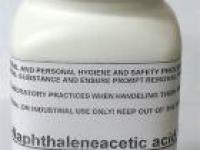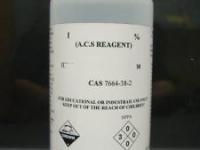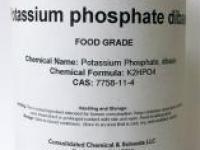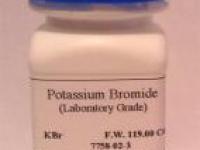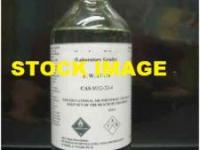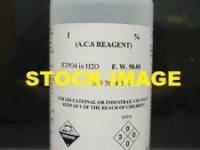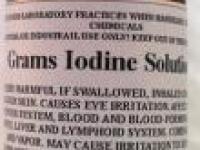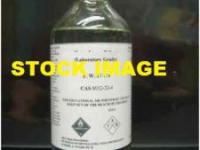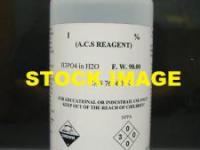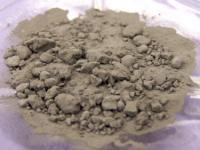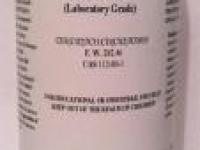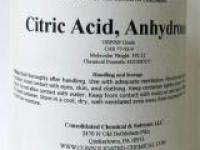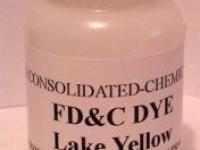5 Gram Bottle
Item is packaged in amber glass vial & tamper sealed
Highest purity 99%+
Indole-3-acetic acid (IAA) is the most common, naturally-occurring, plant hormone of the auxin class. It is the best known of the auxins, and has been the subject of extensive studies by plant physiologists. Chemically, IAA is a carboxylic acid in which the carboxyl group is attached through a methylene group to the C-3 position of an indole ring. In appearance, IAA is a colorless solid.
IAA is predominantly produced in cells of the apex (bud) and very young leaves of a plant. Plants can synthesize IAA by several independent biosynthetic pathways. Four of them start from tryptophan, but there is also a biosynthetic pathway independent of tryptophan.Plants mainly produce IAA from tryptophan through indole-3-pyruvic acid. IAA is also produced from tryptophan through indole-3-acetaldoxime in Arabidopsis.[5]
IAA has many different effects, as all auxins do, such as inducing cell elongation and cell division with all subsequent results for plant growth and development. On a larger scale, IAA serves as signaling molecule necessary for development of plant organs and coordination of growth.
Item is packaged in amber glass vial & tamper sealed
Highest purity 99%+
Indole-3-acetic acid (IAA) is the most common, naturally-occurring, plant hormone of the auxin class. It is the best known of the auxins, and has been the subject of extensive studies by plant physiologists. Chemically, IAA is a carboxylic acid in which the carboxyl group is attached through a methylene group to the C-3 position of an indole ring. In appearance, IAA is a colorless solid.
IAA is predominantly produced in cells of the apex (bud) and very young leaves of a plant. Plants can synthesize IAA by several independent biosynthetic pathways. Four of them start from tryptophan, but there is also a biosynthetic pathway independent of tryptophan.Plants mainly produce IAA from tryptophan through indole-3-pyruvic acid. IAA is also produced from tryptophan through indole-3-acetaldoxime in Arabidopsis.[5]
IAA has many different effects, as all auxins do, such as inducing cell elongation and cell division with all subsequent results for plant growth and development. On a larger scale, IAA serves as signaling molecule necessary for development of plant organs and coordination of growth.
Payment Methods


Shipping
FREE Shipping
Please Login or Register first before asking a question.






